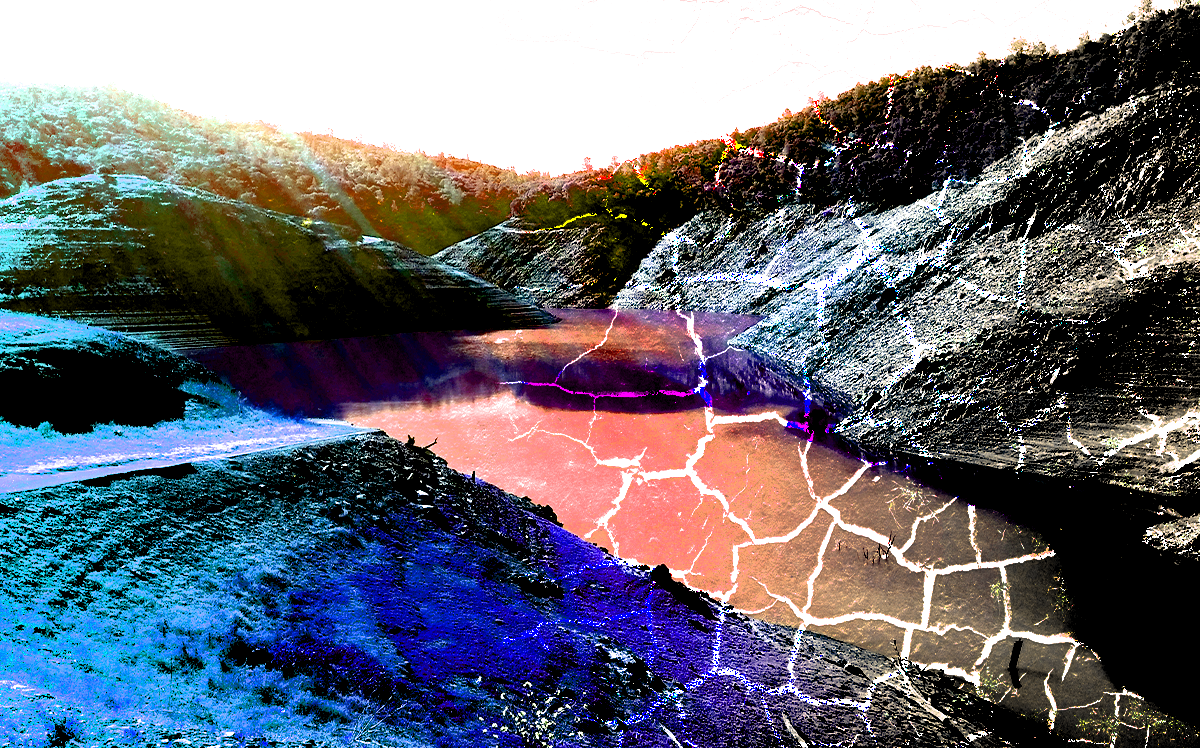Trending
California plans to cut water supply to local districts
Allowances for drinking water, sanitation, pinch likely to be felt unevenly across state

The State of California is cutting off supplies of water for uses beyond public health, a first-ever move that stands to ratchet up pressure on local districts, developers and other businesses as drought conditions persist.
The California Department of Water Resources said Wednesday it was preparing to withhold all of the water it is contracted to supply to local districts next year–besides for drinking water and sanitation–unless conditions improve, according to the Wall Street Journal.
“We need to prepare now for a dry winter and severe drought conditions to continue through 2022,” Department of Water Resources Director Karla Nemeth said.
That means local water districts will have to find other sources of water to supplant whatever amount they get from the state. Many local districts have underground stores and locally managed wells and reservoirs. Some meet their own needs entirely, many require additions to local resources, and some get all of the water they use from other sources, such as the state.
California has been in drought for the past two years, and the outlook for the current season is uncertain. Many of the state’s reservoirs are at low capacity.
Lake Oroville, the second-largest in the state, is at 30 percent of capacity compared to the historic average of 60 percent. The Folsom Lake reservoir is down to 37 percent from an historic average of 92 percent.
Some local districts, including San Francisco, do not use any state water.
Local water districts in Southern California–where there are vast swaths of arid and semi-arid territory–are generally better equipped to handle droughts because of conservation measures taken during the droughts of the 1990s.
Other, less-prepared districts could face serious shortages. The water district in Santa Clara–which serves a portion of Silicon Valley–gets almost half of its water from state and federal sources. Its local reservoirs are reportedly down to 11 percent capacity.
Earlier this week, the State Water Resources Control Board released draft regulations meant to discourage excessive water use. It includes fines for some uses, such as washing a car without a shut-off nozzle.
[WSJ] — Dennis Lynch




